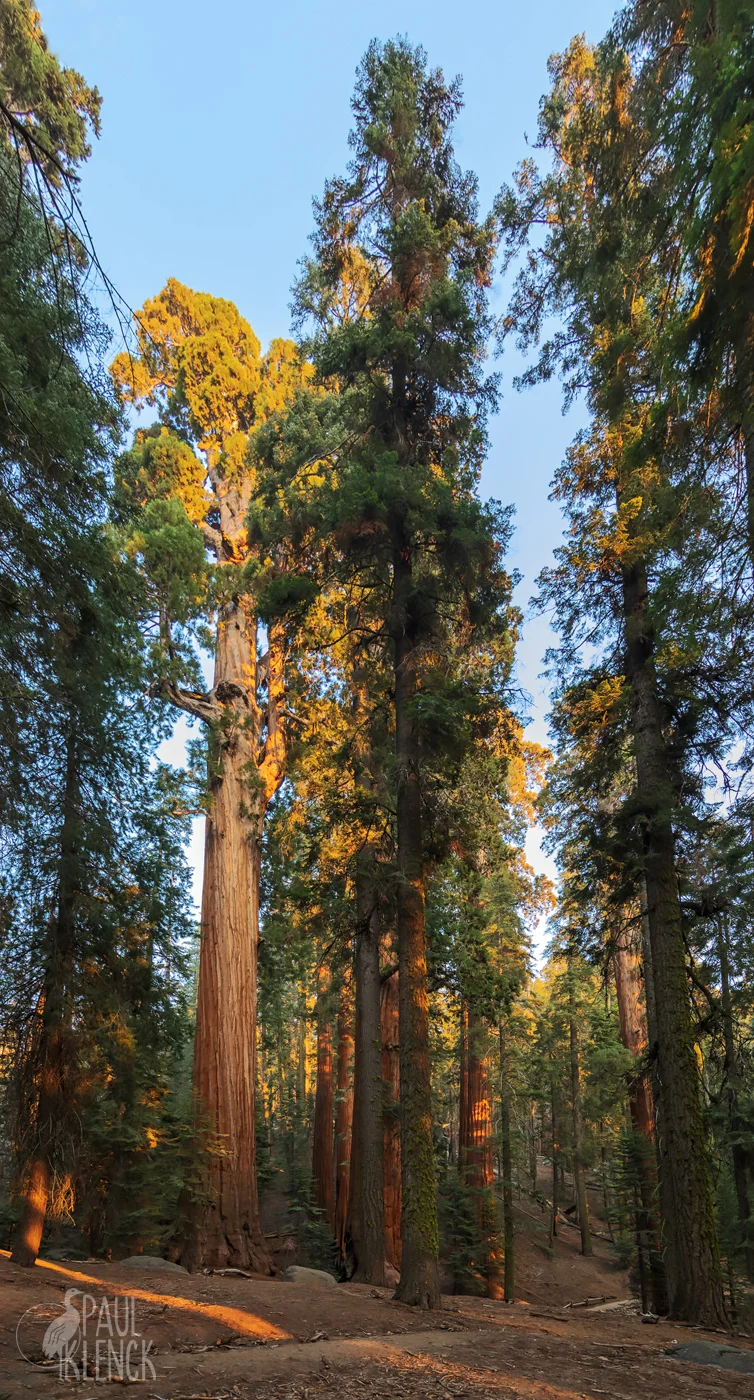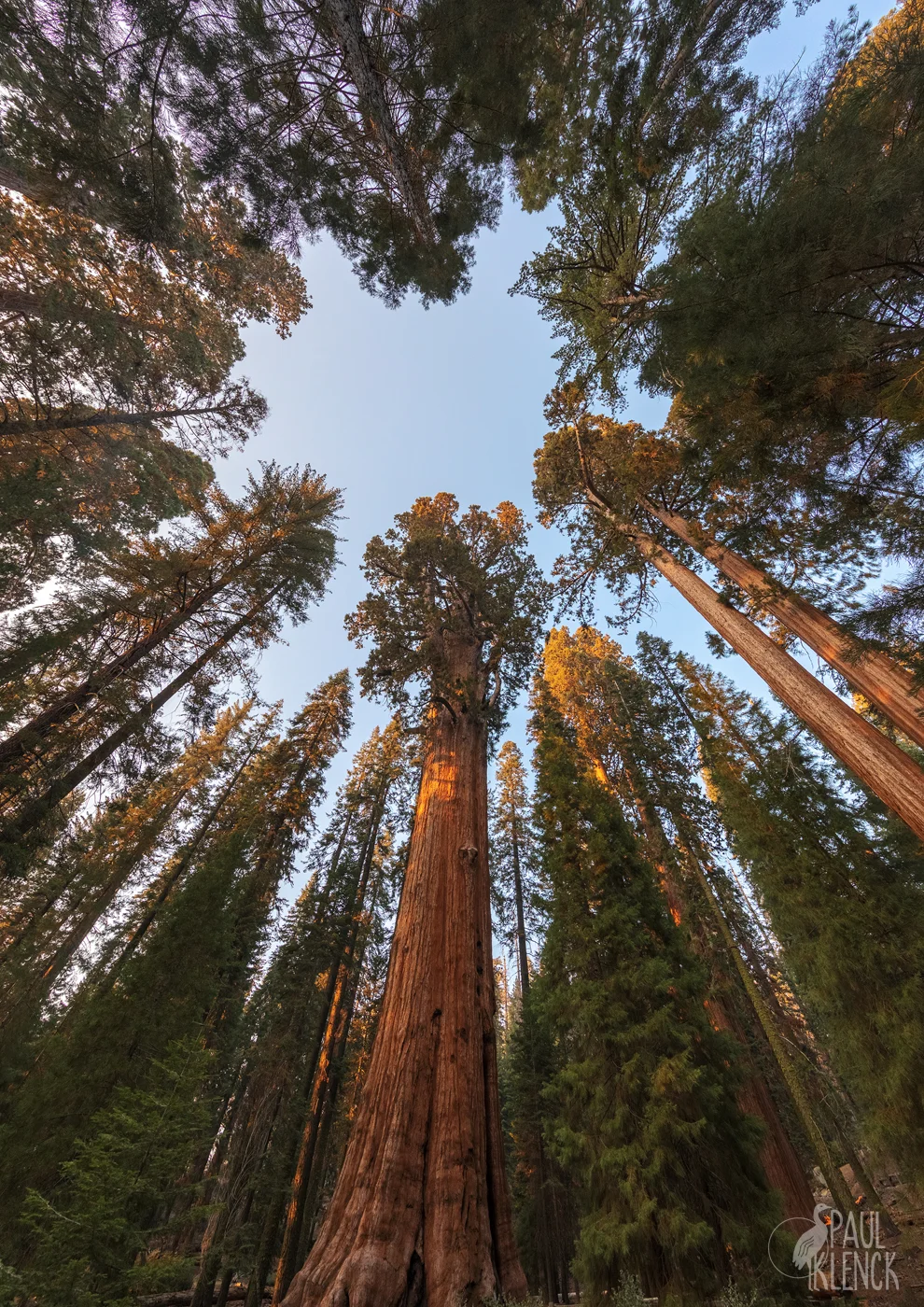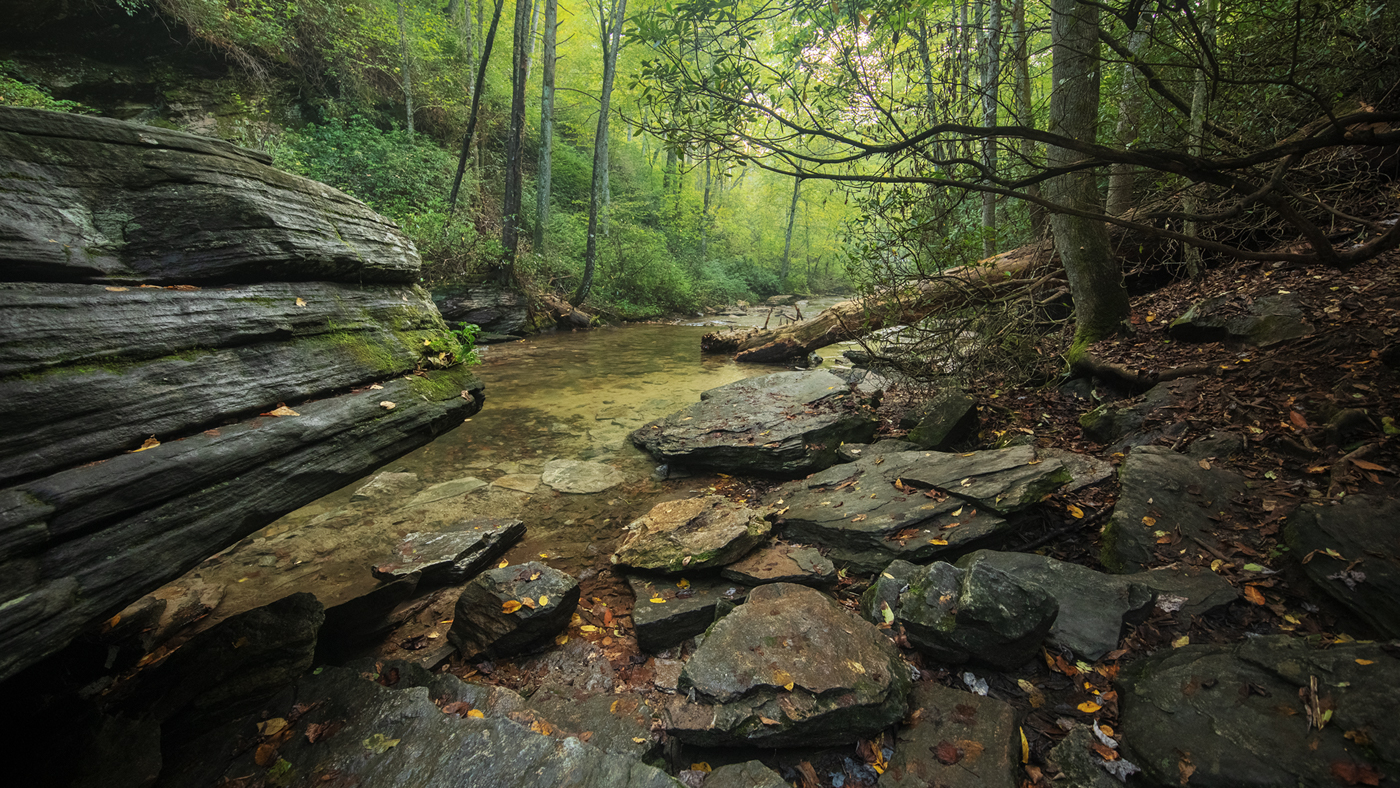Some images from dawn to dusk in Florida. We start with light rising over the Atlantic.
Dawn, Melbourne Beach, Florida
Ringbilled Gull greeting the day
A bit north and inland, some birds look for places to roost as the sun goes down.
Sandhill Cranes silhouette, Viera Wetlands
Wood storks following the rays
A few people were around watching the sunset on the Matanzas River south of St. Augustine. Most had left when the best light show arrived in the dusk after the sun was down.
At the far right of this image, you can see the silhouette of Fort Matanzas. Built in 1740, it guarded the southern, inland water route to St. Augustine where the Spanish city was vulnerable to attack. That’s where I wanted to photograph the sunset, but the ranger locked the gates as I got there! This was a decent location, though!
Dusk on the estuary, Fort Matanzas National Monument, Florida































































































